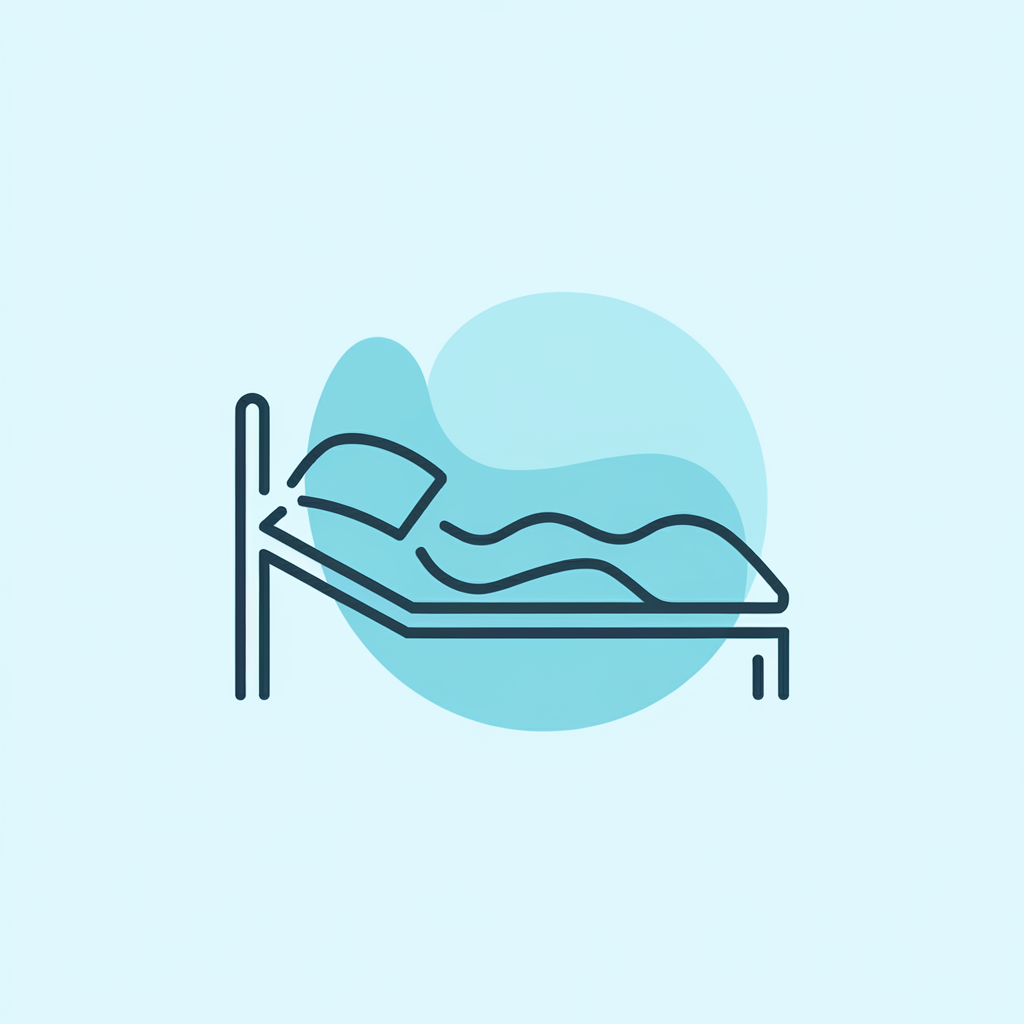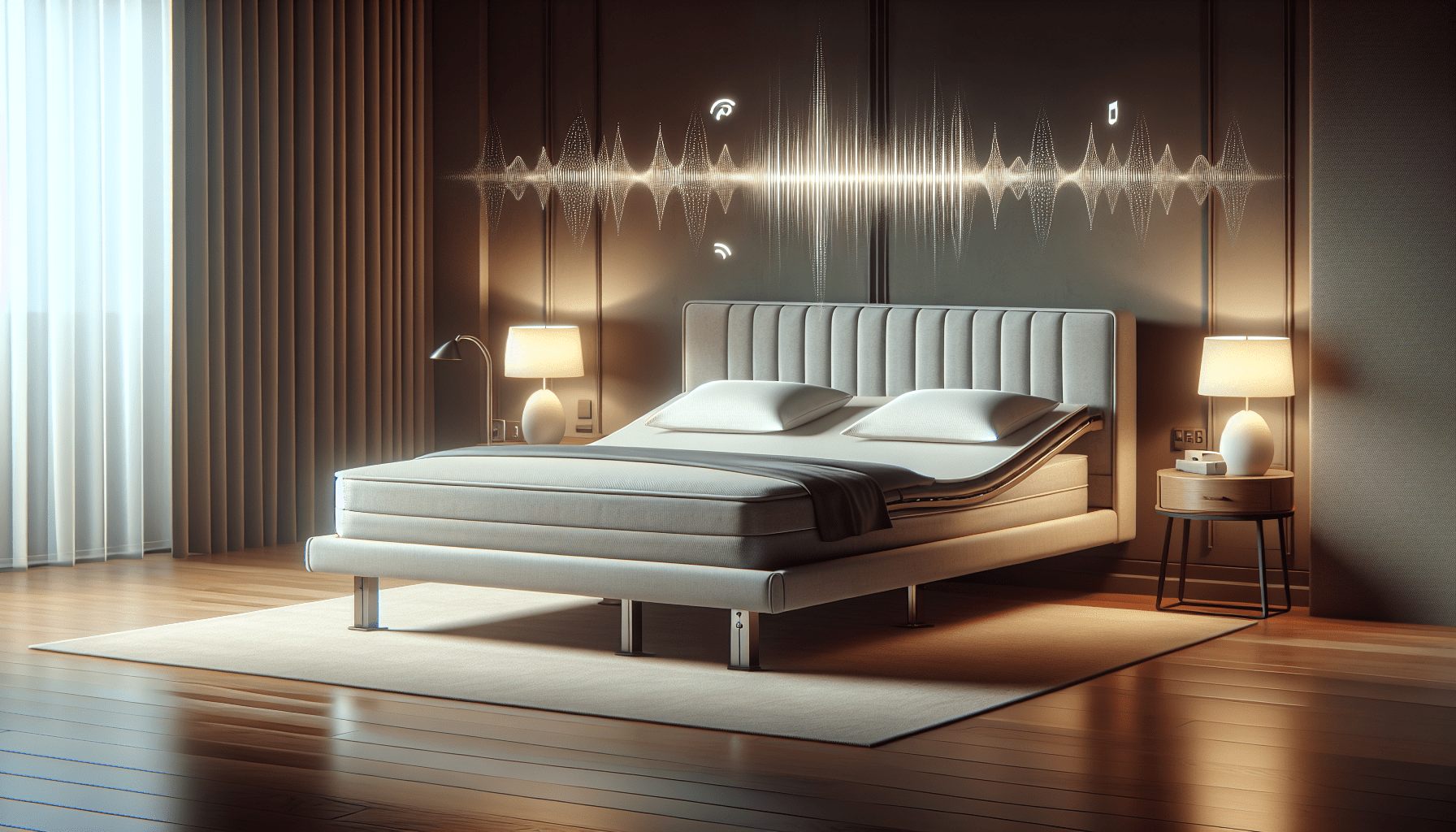Have you ever wondered how loud your adjustable bed might be when it’s moving?
Adjustable beds have become increasingly popular for their versatility, comfort, and health benefits. Whether you envision using it for reading, watching television, or improving your sleep posture, understanding the noise levels is essential. After all, no one wants the serenity of their bedroom disturbed by the whirring of motors or clattering sounds. Let’s navigate through the various aspects of noise levels in adjustable beds to help you make informed decisions.
Understanding Adjustable Beds
Adjustable beds are designed to provide various ergonomic positions that offer greater comfort and support. With a multitude of features, such as adjustable head and foot positions, these beds are often equipped with motors and components that can create noise.
Many people find the idea of an adjustable bed appealing, thinking about the comfort they will experience when they can customize their sleeping position. However, it’s crucial to consider how the adjustment mechanisms might affect your sleep or relaxation experience.
The Mechanism Behind the Noise
At the heart of every adjustable bed lies a system of motors and gears. These components bring about movement but also introduce the potential for noise. Understanding how these mechanisms work can illuminate why noise may occur.
-
Motors: Adjustable beds typically have at least two motors that control the head and foot positions. When engaging these motors, you might hear a soft noise or hum, which is usually normal. However, the quality and type of motors in your bed can significantly influence the amount of noise produced.
-
Gears and Actuators: The motors use gears and actuators to pivot and lift the bed frame into the desired position. Depending on the design and craftsmanship, some bed frames can produce a gentle whirring sound, while others might create a more noticeable noise.
-
Construction Material: The type of materials used in the bed frame can also impact noise levels. Metallic frames generally have fewer rattles compared to wooden frames.
Before purchasing an adjustable bed, you may wish to inquire about the specific components used and their associated noise levels.
Different Noise Levels
When referring to noise, it’s essential to classify the various levels that might be produced when operating an adjustable bed. Sounds are usually measured in decibels (dB), which can indicate how bothersome or distracting the noise might be.
Low-Level Noises (0-40 dB)
- Description: Low-level noises often blend into your surrounding environment. You might compare these sounds to a gentle whisper or the faint rustle of leaves.
- Examples: Soft motors running, or minimal vibrations can fall into this category. Most decent-quality adjustable beds operate within this range when initial adjustment occurs.
Moderate-Level Noises (41-60 dB)
- Description: Moderate sounds can start to catch your attention and may interrupt your relaxation.
- Examples: The noise might resemble a conversation at a restaurant or background music. If your adjustable bed is in this range, you might notice it when you are trying to fall asleep or during the night if someone adjusts the bed.
High-Level Noises (61 dB and above)
- Description: High-level noises can be quite disruptive, comparable to the sound of a vacuum cleaner or a loud music concert.
- Examples: If your adjustable bed produces loud creaks, rattles, or grinding noises while adjusting, you may find it difficult to concentrate on watching TV or reading in bed.
When selecting the right adjustable bed, determining how much noise you can tolerate is crucial.
Factors Influencing Noise Levels
Several factors can influence the noise emissions of adjustable beds. Understanding these can guide your choice and help address any concerns you may have.
Quality of Construction
Higher-quality adjustable beds tend to feature better insulation and advanced technology that reduces noise. Investing in a reliable brand can lead to a more peaceful sleeping environment.
Type of Mechanism Used
With different brands utilizing varying technologies, some might be quieter than others. For instance, some beds use synchronous technology, allowing for synchronized movement that may produce less noise.
Weight Capacity
Heavier individuals or larger bed sizes may push the limits of the adjustable bed’s components, resulting in greater wear and potentially causing more noise over time.
Age of the Bed
The older an adjustable bed becomes, the more susceptible it is to wear and tear. Components may loosen or degrade, leading to increased noise levels. Regular maintenance and inspections can minimize this issue, ensuring your bed continues to function ideally.
Addressing Noise Concerns
If you’re concerned about noise levels but still want the benefits of an adjustable bed, consider these practical solutions to mitigate any potential disturbances:
Choose Wisely
Research and consider brands with a reputation for producing quiet adjustable beds. Consult product reviews or testimonials focusing on noise levels. You can often find valuable insights from customers that can influence your decision.
Bed Placement
The location of your adjustable bed in the room can make an impact on the perceived noise. Positioning your bed away from walls, furniture, or other surfaces may reduce the transfer of sound.
Maintenance
Ensure to regularly check the mechanical parts and motor systems of your adjustable bed. Tightening any loose screws and lubricating components can lead to a smoother operation and hence less noise.
Companion Solutions
If your adjustable bed is prone to noise, you might benefit from soundproofing your bedroom to some extent. Adding carpets or rugs, utilizing acoustic panels, or even incorporating white noise machines can diminish disturbances created by bed adjustments.
Evaluating the Construction of Your Adjustable Bed
When considering adjustable beds, concentrating on their construction will lead you to a more informed decision. Understanding the frame and materials used can provide insights into potential noise levels.
Frame Design
- Metal Frames: Generally sturdier, metal frames often produce less noise during adjustments.
- Wooden Frames: While aesthetically pleasing, wooden frames might creak or produce noise as they undergo stress from adjustments.
Mattress Compatibility
A mattress that suits your adjustable bed is vital for minimizing noise. For example, extra thick or heavy mattresses may place added strain on the frame, leading to more creaking and noise. Selecting the right mattress can create harmony between the bed’s adjustable features and comfort.
Real-Life Noise Experiences
Listening to real-life experiences can greatly help you gain insight into how noise levels may affect your personal situation. Customer reviews and expert opinions often shed light on both pros and cons of various adjustable beds.
Testimonials
Hearing from other people about their experiences can be comforting. Take for instance, a couple, Emily and Jack, who purchased an adjustable bed for their bedroom:
- Emily: “I was pleasantly surprised at how quiet our bed was! The only time we hear any noise is when Jack is adjusting his side—the hum is almost soothing in its own way.”
- Jack: “I thought it would point to potential disturbances, but honestly, it doesn’t come close to the sound of my morning coffee machine. I love the features even more because they accompany minimal sound!”
Expert Opinions
Experts in the mattress industry often weigh in on noise levels in adjustable beds, making recommendations based on their experience.
- Mattress Industry Expert: “Technology has improved so much that the quieter models are far more accessible. A lot of consumers often overlook the value in researching their purchase, but understanding noise levels is critical.”
Such insights can help you build a more comprehensive understanding of what to expect when introducing an adjustable bed into your home.
The Role of Technology in Noise Reduction
In the modern era of innovation, there have been numerous advancements aimed at reducing noise levels in adjustable beds. Features like anti-snore technology and whisper-quiet motors aim to enhance your experience without disruptive sounds.
Whisper-Quiet Motors
Newer models may come equipped with motors designed explicitly for quiet operation. This technology can minimize the noise produced during adjustments, allowing you to shift your position without waking a partner or disturbing your own tranquility.
Sleep Tracking Systems
Some adjustable beds have integrated sleep tracking that adjusts the bed’s position based on recorded data. The precision in these adjustments can reduce the need for constant manipulations that might create noise.
Testing Before You Buy
When considering an adjustable bed, you may find it beneficial to test the bed before making a purchase. Many retailers offer a showroom environment that lets you experience the bed’s functionality first-hand.
In-Store Testing
Look for opportunities to lie down on an adjustable bed in a store. This can allow you to listen for noise levels during the adjustment process. Don’t hesitate to inquire about demonstrations from sales staff. They can often provide insight into the mechanics, representing real-life experiences.
Trying at Home
Some brands provide a trial period, ensuring that your investment aligns with your expectations. If the bed operates at noise levels that are more distracting than comfortable, you often have the option of returning or exchanging.
Conclusion
The shifting world of adjustable beds opens up new avenues for comfort, health, and relaxation, yet it inevitably raises important questions about noise. Understanding adjustable bed noise levels can lead you to make a well-informed purchase decision, providing peace of mind as you enjoy a restful night’s sleep.
When considering an adjustable bed, it’s vital to look at factors such as construction quality, type, and possible noise levels, taking into account both expert opinions and personal experiences. Ultimately, the goal is to find a bed that meets your needs without unnecessary disturbances.
In your journey of selecting the right adjustable bed for your sanctuary, keep in mind the harmony between comfort and noise levels. Your comfort matters, and finding tranquility should be a straightforward path to an improved sleep space.

